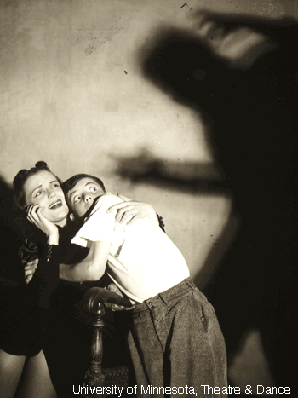Greetings, Friends,
Nearly fourteen years ago, we launched theater-historiography.org as a site for your critical interventions into theatre and performance historiography–an online and community-driven continuation of the work in the co-edited collection after which the site was named. The idea came from LeAnn Fields, our wonderful editor at the University of Michigan Press. Through conversations with LeAnn and the team there, the site was also built as a space for breaking news, rich discussion, classroom resources, and the latest on publications in our field.
Since its launch in January of 2011, theater-historiography.org has showcased the work of over seventy contributors. In its heyday, the site featured new content monthly, enjoyed robust traffic, and was regularly a one-stop shop for colleagues planning courses or looking for a way to amp up a lesson plan. We are grateful to the many contributors who shared their thoughts, provocations, and teaching materials, vividly demonstrating that theatre historiography is, when all is said and done, a collaborative project.
Alas, the time has come to retire the website. The older generation WordPress sites are phased out and will no longer be supported by the University of Michigan Press and Libraries, who have generously hosted the content this long. Theater-historiography.org will be taken down at the end of the 2024 calendar year, and the content will not be archived.
The good news is that the scholarly conversation continues in ways our website never imagined, through new online resources as well as podcasts and social media interfaces that saw a relative explosion in development and popularity in only a few short years after theater-historiography.org debuted. We encourage you to keep engaging in these ways.
And do take a moment to browse through the site to revisit exciting and sometimes provocative conversations, and maybe find a classroom activity or reading that is as relevant as ever!
All best wishes,
Henry and Scott
Editors
{ 4 comments }

